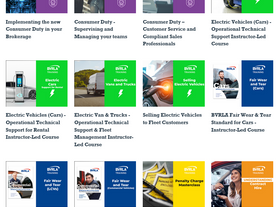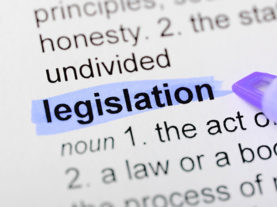The BVRLA has produced new guidance that shows the areas of difference and the varying requirements for a 4.25t e-van compared to a 3.5t diesel van.

The association has collaborated closely with colleagues at the Office for Zero Emission Vehicles (OZEV) and Department for Transport (DfT) to help clarify points of difference, with the new guide creating a useful tool for members and their customers.
The guidance has been produced to help alleviate confusion that surrounds operating a 4.25t e-van that has different requirements to a 3.5t diesel van.
This includes the need to MOT a 4.25t van as though it were an HGV, and limits on how far the e-van can travel from base. Both of which are having a significant impact on firms’ ability to make the transition.
There is also confusion about the announcement the previous Government made about allowing towing and removing the 5-hour training requirement. This is yet to be legislated for.
Issues have been caused by vehicles being registered incorrectly – members are encouraged to ensure they register vehicles as N2 derogated EVs.
The BVRLA has persistently raised concerns about the misalignment of policy for a 3.5t versus a 4.25t van, including in the Zero Emission Van Plan and subsequent discussions with officials, ministers and stakeholders.
The association knows that officials are very aware of challenges facing e-van operators. Richard Bruce, Director of Transport Decarbonisation at the Department for Transport referenced this at the parliamentary reception and gave an indication it is being looked into.
If members have any concerns or questions, contact Catherine Bowen, Senior Policy Advisor.
See guidance: Map of 3.5 v 4.25 regulation.




